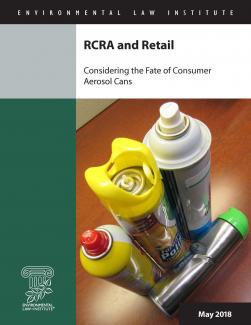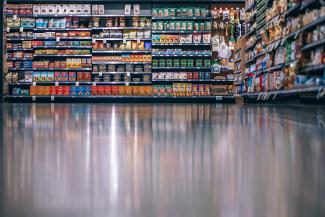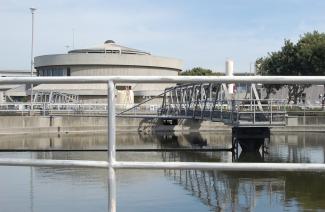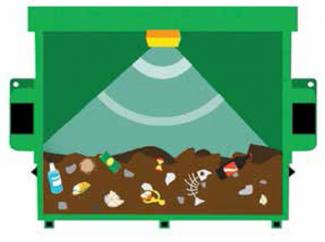The Nashville Farmers’ Market Helps Customers Recycle Food Waste
Your next visit to the Nashville Farmers’ Market on Rosa Parks Boulevard will include six new items. No, not necessarily farm-fresh peaches or asparagus, though those will likely be there too, depending on when you arrive. The market is introducing six custom-designed receptacles that allow customers to sort their trash. . . .





![Food Waste By Taz [CC BY 2.0 (http:/creativecommons.org/licenses/by/2.0)], via Wikimedia C](/sites/default/files/styles/max_325x325/public/images/blog/800px-gi-market-food-waste.jpg?itok=AZVCaYTR)
